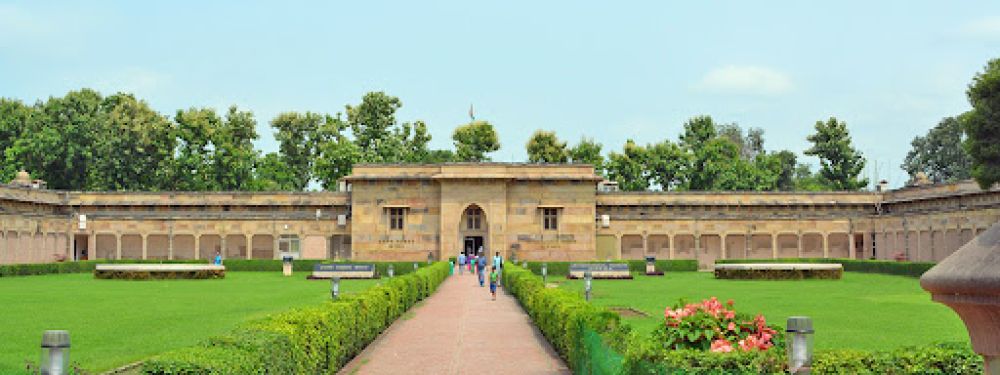

Sarnath, located near Varanasi in Uttar Pradesh, India, is a venerable site that holds great significance in the history of Buddhism. It is here that Gautama Buddha is said to have given his first sermon after attaining enlightenment. The history of Sarnath as a pilgrimage destination dates back to the time when Emperor Ashoka, who embraced Buddhism after the grueling war of Kalinga, erected magnificent stupas and structures in the 3rd century BCE to commemorate the founding teachings of Buddha. This heralded the initial wave of tourism, with pilgrims and scholars flocking from all over to indulge in spiritual learning and reverence.
With time, Sarnath's importance as a center of Buddhist learning grew, and the Sarnath Museum, which was established by the Archaeological Survey of India in the early 20th century, plays a pivotal role in its current appeal. The museum houses an impressive collection of artifacts unearthed during excavations carried out by Sir John Marshall in 1904, which include the famed Ashoka Pillar, whose capital, the Lion Capital, is now the Emblem of India.
In recent years, there has been a resurgence of interest in spiritual and heritage tourism, and Sarnath has benefited from these trends. Visitors not only come for religious and historical significance but also for the peaceful environment and the insights into Buddhist culture. The Sarnath Museum, with its carefully preserved relics, sculptures, and edicts, provides a detailed narrative of the Buddhist legacy and is a major pull factor for cultural enthusiasts and history buffs.
Sustainable tourism practices are being encouraged to preserve the sanctity and integrity of the historical site. The local government and tourism boards have been actively involved in promoting responsible tourism that respects the cultural heritage and the environment. Accessibility improvements and visitor amenities have been upgraded to cater to international and domestic tourists, ensuring a holistic and enriching experience.
The rise of digital and social media has directly impacted how destinations like Sarnath are marketed and experienced. Virtual tours, online educational content, and interactive apps have made the Sarnath Museum more accessible to a global audience. Eco-tourism and educational tourism are also gaining traction, highlighting the growing desire for experiences that are both informative and environmentally conscious.
If you plan to visit the Sarnath Museum, be sure to check for any seasonal timings and entry fees. Guided tours can greatly enhance the experience, providing rich historical context and stories behind the artifacts on display. Remember to respect the religious sentiments of the area and the preservation efforts of the museum by adhering to any rules and guidelines provided by the authorities.
Whether you are drawn by faith, an interest in history, or cultural curiosity, the Sarnath Museum is a testament to the enduring legacy of Buddhism and the historical wealth of India, making it a must-visit destination for those traveling in Uttar Pradesh.